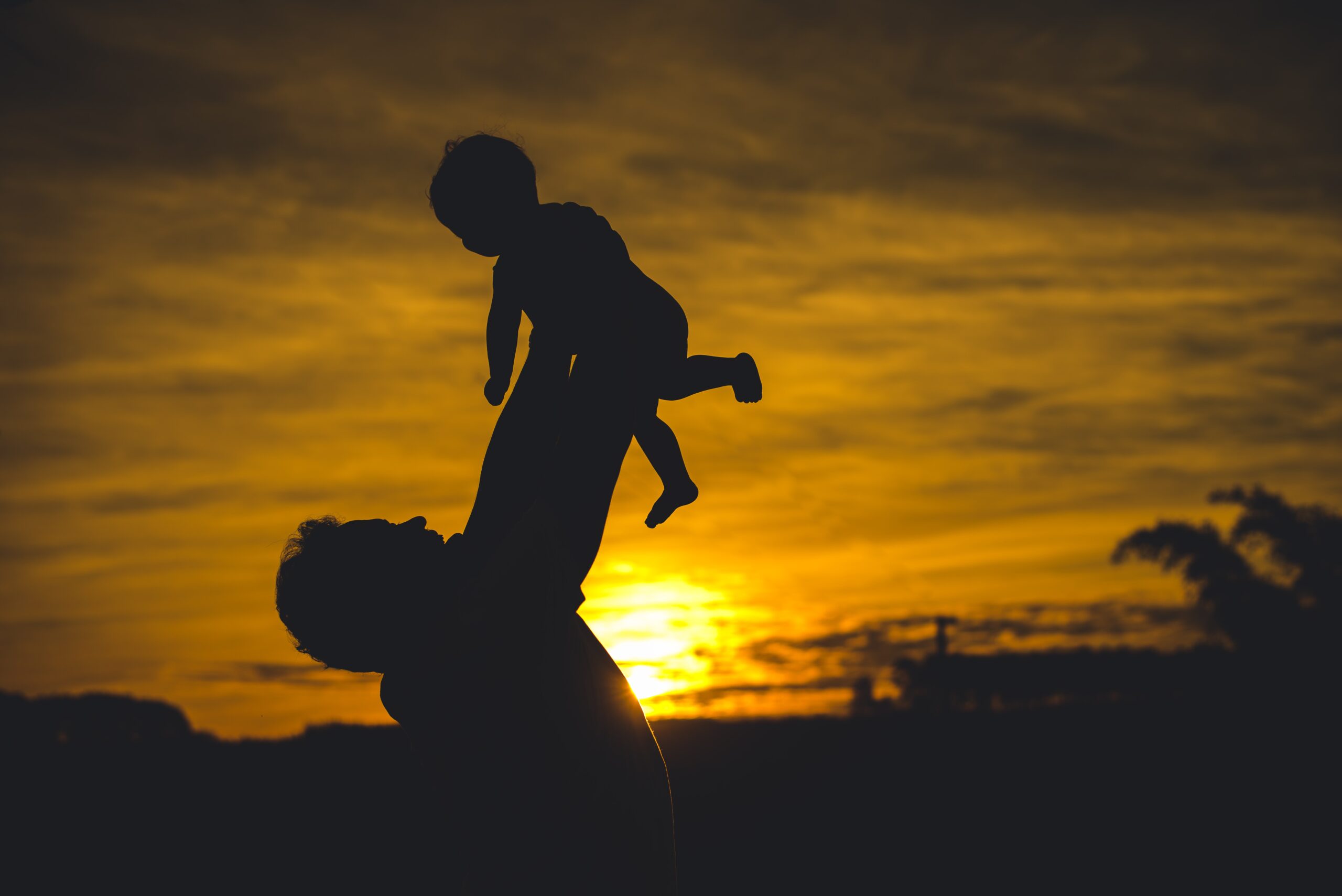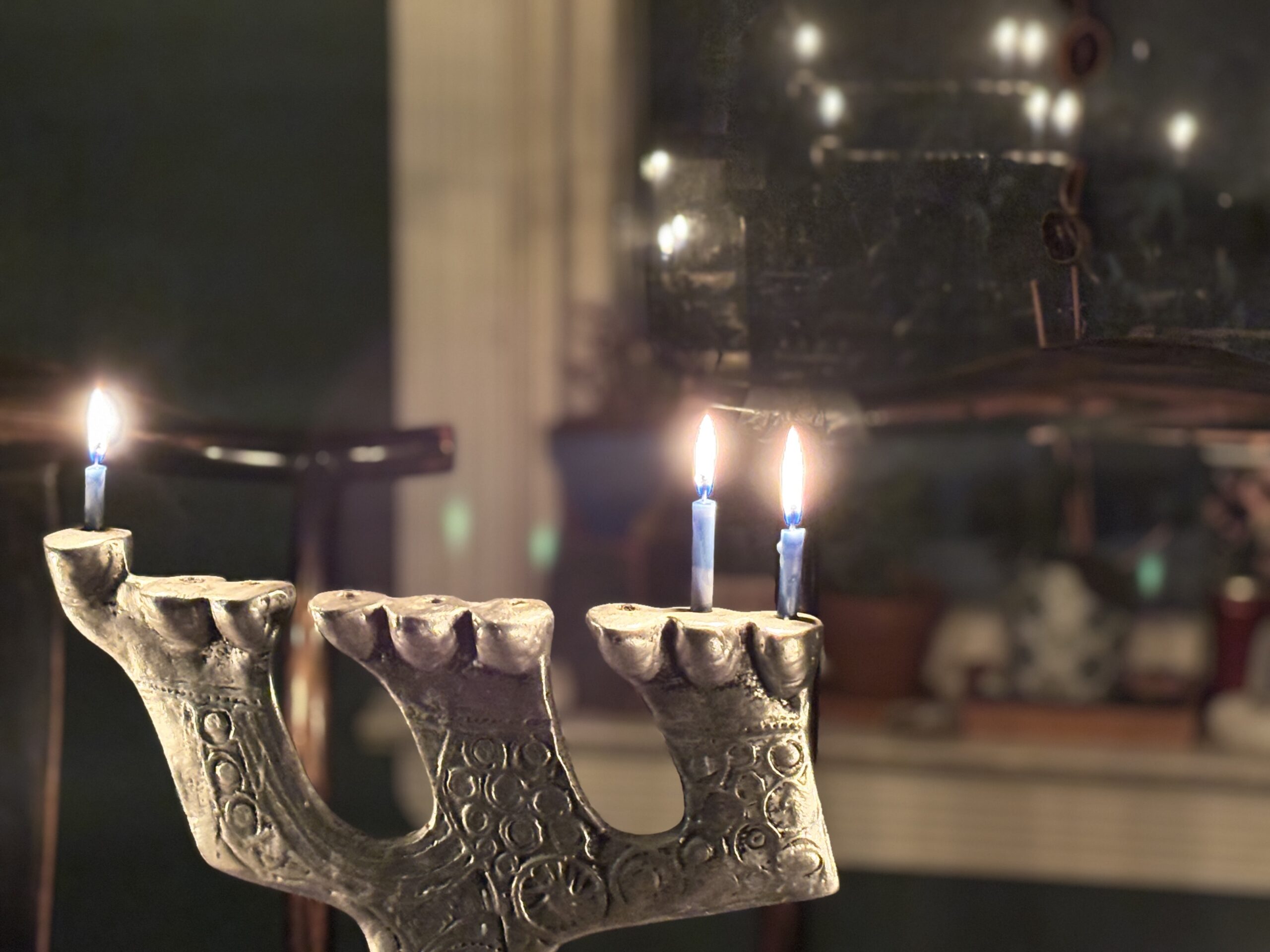An original creative ritual marking adulthood for young women (16-18) years of age. These are the notes of basic explanation for participants. In it’s original form, the ritual for a young woman and all the participants and guests were women, I incorporate men because men can easily be inlcuded if the participant and her family choose this path. The ritual can also be altered for a young man by switching the veils with bandana’s he can tie around his neck or arm.
BACKGROUND
With color choice, and choice of personal influences, each celebration takes on a life of its own and each celebration will feel unique to the celebrant and to the witnesses)
It is critical for the comfort of the celebrant to first talk about who will be present at this ritual. Some young women will want this ritual to be witnessed by many members of her circle of friends, family, and congregational family. Other young women will want a more intimate group of only people with whom she may have close relationships.
PREPARING FOR THE RITUAL
The young woman chooses three veils (large and square in shape, all made of sheer material) from a basket called The basket of blessing. In the basket are seven veils. She chooses her three favorite colors to represent her past, present and future.
*She may also choose three women (or men) of the bible, or three modern female (or male) influences, that are meaningful to her whose attributes and strengths the facilitator can creatively connect to each stage in this young person’s life.
Veil 1. Represents birth and childhood
Veil 2. Represents the celebrant in this moment
Veil 3. Represents the celebrant’s future.
One of each of the following colored veils will be available for her to choose from: Red, Orange, Yellow, Green, Blue, Purple and white.
Place the veils over the head of the participant in reverse order so veil #3 (representing this young woman’s future) is closest to her head.
The young person’s mother (or father or both parents) will be honored during the 1st veil section.
Another close female (or male) will be honored during the 2nd veil section. (Example: an older sister, brother, aunt or uncle, best friend, or Grand-mother/Grandfather)
RITUAL
Before entering the ceremonial venue, the young person reads this text or one she has compsed with a similar theme:
Now, as I cover myself, I prepare to experience a new cycle; a cycle of re-birth and renewal. I prepare to walk through this doorway into adulthood with: an exploration of my beginnings and gratitude for the protection and support of my loved ones.With the removal of these veils, I am prepared to shed some of my childish habits and accept that after today I am to observe life through a more adult lens, no longer covered over by the shadow of parental wings. I pray that I may maintain my sense of humor and continue to strive to enjoy and appreciate life’s wonders and mysteries while taking on more responsibilities for myself, and for the good of our world.
The participant then covers herself with the three veils and is escorted into the sanctuary by the previously chosen significant people in her life.
The invited guests gather in the sanctuary (or other setting of choice…this can be done at the beach, sitting around a camp fire, in a meadow, etc.,). As the honored woman enters the sacred space the guests begin singing or chanting a song chosen for the event.
Mother and/or Father:
At the conclusion of the song, the mother(and/or father) shares an abridged accounting of her birth story and/or a sweet story from her childhood portraying her strengths (which the participant pre-approves) and the meaning of her Hebrew name, (if she has no Hebrew name, she will choose one prior to the ceremony and the facilitator can add this to the ceremony).
The Parent(s) then reads a short personal prayer, composed in advance of the event, with the intentions of: a promise of letting go the “child part” of this young woman, wishes for her future, and a promise to support her while allowing her the space to become self-actualizeds so that she can ultimately reach her true potential and maximize her unique individuality. (Facilitator will assist in creating this with the mother).
Facilitator leads the entire group in this blessing:
May the one who blessed our matriarchs Sarah, Rebecca, Rachel and Leah, the prophetess Miriam, Abigail, and Queen Esther, daughter of Abihail, bless this lovely young woman and let her name (insert her Hebrew name) be associated always with blessing and good fortune.
VEIL #1
Mother:
Place her hands on her daughter’s head or shoulders. After the color of the veil is mentioned, the mother removes the first veil for her daughter.
Celebrant:
State her intention of a childish trait she is giving up (or hoping to give up) or a wish for herself in moving forward.
Mother:
Take the veil and wrap it around her own shoulders symbolizing that the childhood of her daughter will always remain a part of her.
Facilitator:
Lead a pre-composed or improvisational chant using the Hebrew name of the participant.
After the chant a rain-stick is turned (or other sound i.e.: tribal drum, gong) to indicate moving forward to veil #2
The young woman shares a personal statement of gratitude for where she is right now in her life thanking all who have been a support to her. (to be composed in advance with facilitator).
VEIL #2
The facilitator mentions the color association for the second veil and then asks the second honored woman (or man) to put her/his hands on the celebrant’s head or shoulders. The celebrant states her intention from her present life, a trait she is giving up, or a wish for herself in moving forward to be the best person she can be.
The celebrant removes the veil, hands this veil to the second person of honor, and that person places this veil over her (his) own shoulders symbolizing that she will hold this memory of where this young person is right now in her life.
Facilitator:
I shall raise my eyes to the Lord and to the mountains from whence comes my help. My help comes from the Maker of heaven and earth, who neither slumbers nor sleeps. God, watch over us by day, that the sun shall not strike me, nor shall the moon make shadows for me at night. Shekhinah; watch over our lives and our souls, our comings and our goings, from this time forth and for-ever.
Chant: Esa Einai
Rain-stick is turned (or other sound is used) to indicate moving to the third veil.
VEIL #3
Facilitator discusses the color of the third veil and asks all the participants gathered to circle around the young woman so that they are either touching her shoulders or touching someone who is touching her (so that every person present is directly connected ). The participants closest to her are asked to slowly lift the veil with one hand while still making contact with her with the other hand. They hold the veil over her as everyone has an opportunity to verbally shower her with blessings for the future.
After the blessing circle is finished, the veil, still heavy with the blessings the young girl received, is placed back into the basket of blessing.
The girl is then asked to remove the veil from the person who has been wearing her second veil, and offers her and the group her own blessing (pre-composed, but can be spontaneously added to) and then returns that veil to the basket of blessing.
The young woman then turns to her parent or parents who has/have been wearing her childhood veil. The young woman expresses her gratitude to her mother (and/or father) and bestows a blessing on her (them) as well (also pre-composed) then returns that veil to the basket of blessing.
Her mother (or parents), in turn, give her something in exchange that she can have as a keepsake of this ritual marking of her adulthood.
The young woman takes her place as a member of the circle.
The rain stick is turned a final time:
Facilitator:
Chant or recite Birkat Kohanim:
May God bless all of you and protect you;
May God’s face shine upon you and be gracious to you;
May God’s face turn to you and grant you peace.
The groups chants a pre-composed Ken Y’hi Ratzon,
Sources:
Diamant, A “The New Jewish Wedding.” New York, NY: Fireside, 1985, 2001
Lavie, A “A Jewish Woman’s Prayer Book.” New York, NY: Spiegel & Grau, 2008












